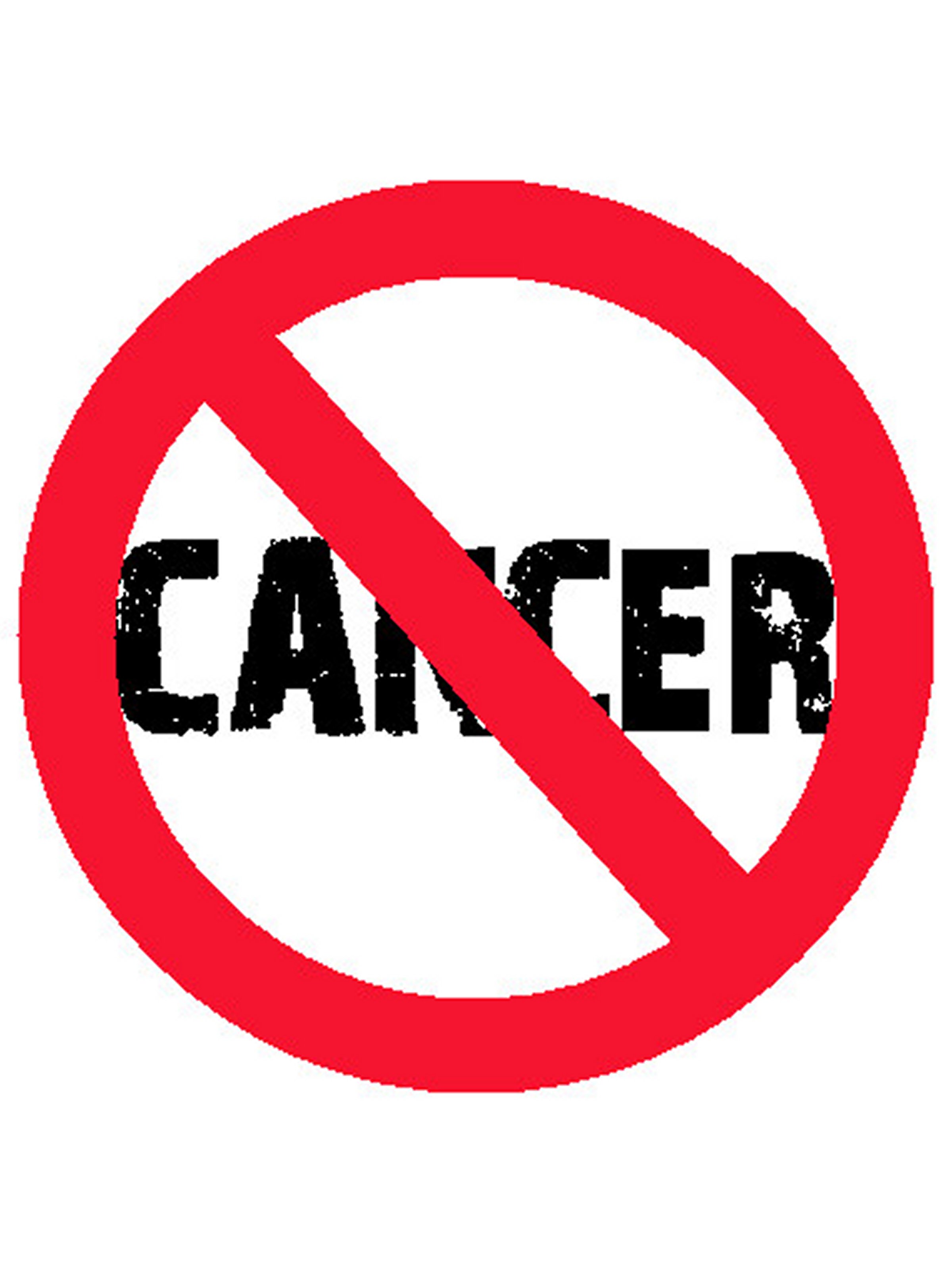
Fat (also known as
adipose tissue) has two main roles in the body. It exists to store calories in
the form of chemicals called lipids, and a huge gland, sending out a constant
stream of biological information and instructions that affect the rest of your
body. This helps control processes like growth, metabolism and reproductive
cycles. But because of their ability to turn biological processes on and off,
the signals produced by fat have a darker side when it comes to cancer.
1. The oestrogen connection
One of the
strongest links between obesity and cancer is an increased risk of breast and
womb cancers in women who are overweight or obese after the menopause, and this
relates to higher oestrogen levels. Large studies of women have shown a direct
relationship between obesity, high oestrogen levels and breast and womb cancers
and understanding this relationship has been critical in developing effective
treatments – like tamoxifen and aromatase inhibitors – that work by cutting off
oestrogen.
2. Metabolic chaos
The chemical
processes going on constantly throughout the body – collectively known as
metabolism – are complicated and tightly controlled, relying on a finely tuned
web of information flowing between cells and organs. But the chemical signals
produced by fat cells means that obesity can cause a major upset to this
balance, and this is thought to be another way it makes cancer more likely.
One key hormone that acts
as a master-controller of metabolism is insulin. It’s made by the pancreas and
orchestrates how cells take up and process glucose from the blood.
Large studies of
peoples’ blood chemistry have also shown links between high glucose (even at
levels below those needed for a diagnosis of diabetes) and the risk of several
types of cancer.
3. Inflammation
As people become
obese, and more fat cells build up in their tissues, specialized immune cells
(called macrophages) are called to the scene, possibly to clear up dead and
dying fat cells. But as macrophages carry out their clean up job, they also
release a potent cocktail of chemicals called cytokines that summon other cells
to help them out. The number of macrophages in obese fatty tissue can be
substantial – they can account for as many as four in 10 cells.
This ultimately
creates a condition called chronic inflammation. The result of inflammation is
a cocktail of signals that tell cells to divide, because after injury you need
new cells for healing to occur. But the signals encouraging cell growth for
healing can also support cancer cells dividing. In fact if we look at the genes
that are turned on and off in inflamed tissue, it’s very similar to genetic
changes we see in cancer cells.
LIKE HEALTH YARN ON FACEBOOK FOR LATEST INFO ON HEALTH.

